12+ SAMPLE Executive Business Plan
-
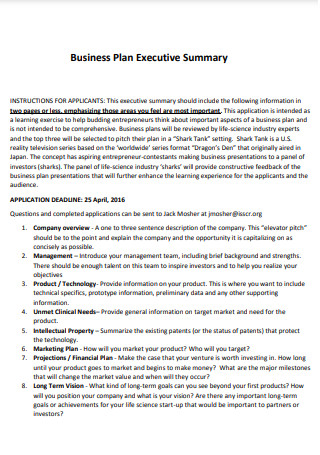
Executive Business Plan
download now -
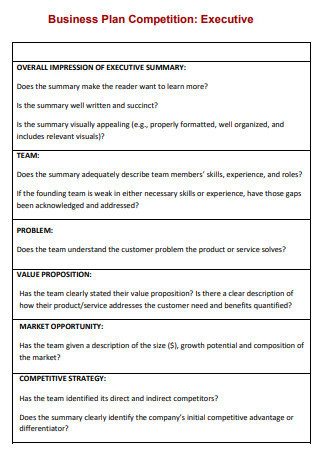
Executive Business Competition Plan
download now -
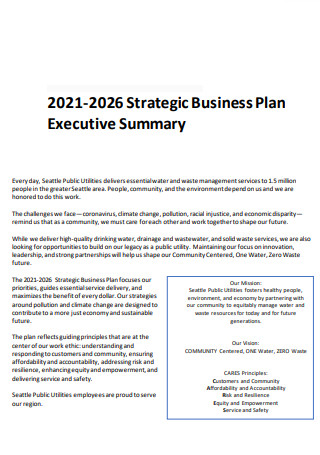
Executive Business Strategic Plan
download now -
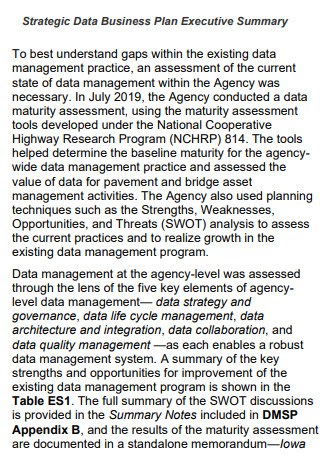
Executive Business Strategic Data Plan
download now -
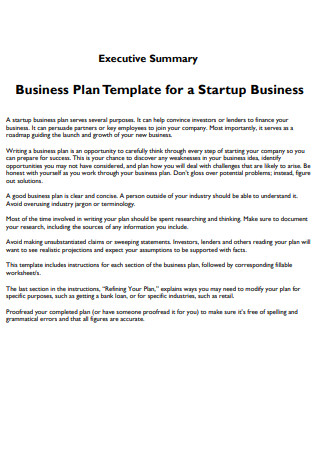
Executive Startup Business Plan
download now -
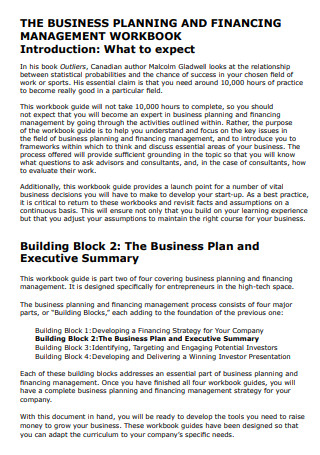
Sample Executive Business Plan
download now -

Executive Business Plan Summary
download now -
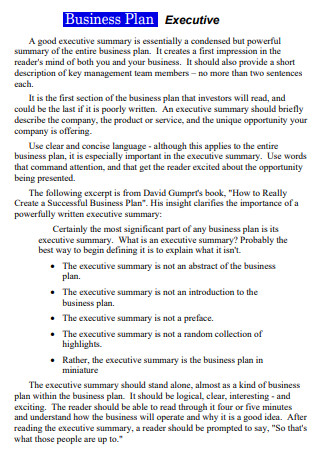
Executive Business Plan Template
download now -

Executive Mini Business Plan
download now -

Executive Business Plan Outline
download now -
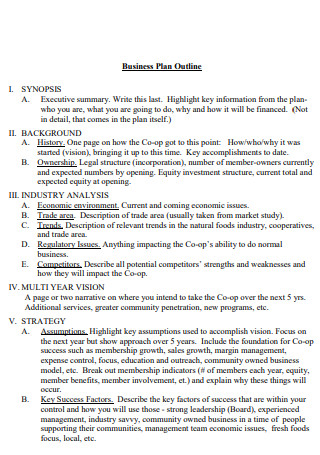
Executive Business Plan Example
download now -
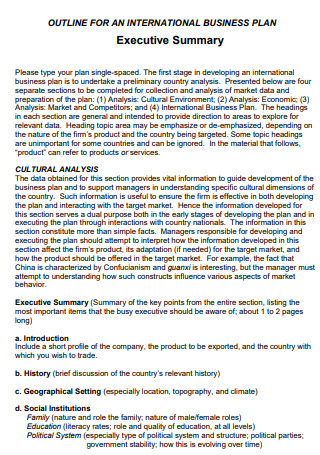
Executive International Business Plan
download now -
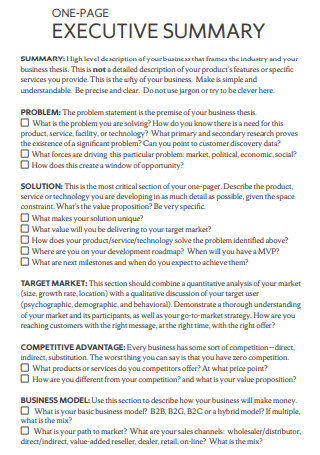
One Page Executive Business Plan
download now
FREE Executive Business Plan s to Download
12+ SAMPLE Executive Business Plan
What is an Executive Business Plan?
Different Types of Executive Business Plans
Basic Elements of an Executive Business Plan
How to Write an Executive Business Plan
FAQs
What are some examples of executive business plans?
What are the key elements in an executive business plan that should be included?
What are the benefits of an executive business plan?
What is the difference between a business plan and a marketing plan
What is an Executive Business Plan?
An executive business plan is a comprehensive and efficient roadmap that demonstrates how a specific business firm or organization develops a reliable strategic plan especially for business executives like CEOs and project managers who are searching for action-driven outcomes. This plan is an effective business planning tool for business executives and project managers with the aim of elevating the growth, development, and performance of a new or already existing business through establishing the proper goals and objectives and developing suitable plans for financial management and marketing.
Based on a study, companies and organizations that carefully plan grow 30% faster than those that don’t plan effectively. This study found that a plethora of business firms and organizations can attain success without planning, but the business firms and organizations with a well-detailed plan grew faster and were more successful than those that didn’t plan.
Thus, all types of CEOs, business executives, project managers, and other executives in a specific business firm need to effectively write a compelling and comprehensive executive business plan for the constant progress and accelerating growth of their business activities and projects.
Different Types of Executive Business Plans
Richard Stutely wrote in his book The Definitive Business Plan: The Fast Track to Intelligent Planning for Executives and Entrepreneurs that planning is at the core of good management as proper planning becomes essential. As planning is such an integral part of management, a thorough understanding of planning approaches and documentation is fundamental. So, one of the things you need to know and understand is the different types of executive business plans. Read the following details carefully:
1. Executive Startup Business Plan
The National Association of Small Business’s 2017 Economic Report revealed that the majority of small business firms surveyed are LLCs (35%) followed by S-corporations (33%), corporations (19%), and partnerships (2%). Preparing a clear and effective executive startup business plan is important in order for you to acquire and establish startup financing. Many small business experts recommend setting realistic goals and objectives for each section of your executive business plan and developing a well-constructed action plan to reach each one of those goals and objectives. When you start on your business plan, describe what type of business you are establishing.
Some types of businesses are construction, retail, industrial, and many other services. Then, discuss the overall structural and systematic organization of your business. Some types of business forms are LLC, sole proprietorship, partnership, S corporations, and C corporations. Include some essential details of your business location, licenses and permits, management and employees, and other aspects of your business in your plan such as product description, product pricing structure, service description, etc. Also, construct a marketing plan that focuses on your target market and design a strategy plan for marketing and promoting your company’s products or services to this market.
2. Executive Business Strategic Data Plan
The amount of data we are creating continues to increase rapidly. By 2020, the amount of digital information available will have grown from about 5 zettabytes today to 50 zettabytes. From browsing online, shopping in e-commerce stores, sending an email, reading an online article, to many other online activities out there, we have the ability to use big data to our advantage across an eclectic range of areas including business. According to the Data Strategy: How to Profit from a World of Big Data, Analytics and the Internet of Things, data really matters to business as it improves decision making, improves operations and the monetization of data. Through strategic data planning, it allows business firms and organizations to collect better market and customer intelligence as this information can be utilized to formulate better decisions across all business areas, from product and service design to sales and marketing and aftercare.
It guides business firms and organizations in gaining efficiencies and improving their operational performance, as well as in providing the opportunity for business firms and organizations to build big data into their product offering by monetizing the data itself. Thus, creating an executive business strategic data plan is a significant strategic data planning tool that business executives and project managers need to accomplish to assess what is working, what is not working and what possible outcomes will be to determine when change is needed especially as the world becomes smarter and smarter through the years. Your company should have a competitive advantage by how well it can leverage data, apply analytics and implement new technologies. CEOs and business leaders need to actively work in expanding their thinking always from what has been traditionally done and incorporate ideas and systems that may never have been considered. Remember what Bernard Marr said: “If every business, regardless of size, is now a data business, every business therefore needs a robust data strategy.”
3. Executive Business Plan Summary
An executive business plan summary or an executive summary of a business plan is your condensed blueprint for taking your initial idea or product and transforming it into a viable and sustainable business. It will help you succeed in establishing your company. While writing a summary of your executive business plan, you need to be direct and specific on your goals and objectives. Take all of your ideas from your mind and get them down on paper. Then, summarize the main points of your business plan, save time for your readers and prepare them for additional content or your overall business plan. Be clear and concise while enticing your readers to read the rest of your business plan. As the most integral part of the business plan, you have to make sure that your executive summary will capture the attention and interest of your reader.
To be successful in writing your executive summary, provide a solid case for your business idea and include some important aspects such as the description of the business opportunity, explanation of how your business will serve the market, description of the target market, description of the business model, simple outline of the marketing and sales strategy, description of competition and your strategy for getting the market share, financial analysis, details about the owners or staff and outline of the implementation plan. Or you may include information about business achievements and expansion plans if you are managing an established business firm.
4. Executive International Business Plan
Based on the guideline published by Willamette, a preliminary country analysis is the first stage when creating an international business plan. The four separate sections to be included for collection and market data analysis and construction of the plan are cultural analysis, economic analysis, market and competitor analysis and international business plan.
For cultural analysis, the collected data for this section brings important information to guide development of the business plan and to support business executives and managers in understanding specific cultural dimensions of the country, as well as it serves a dual purpose both in the early stages of developing the plan and in executing the plan through interactions with country nationals. Write an executive summary which contains the introduction, history, geographical setting, social institutions, religion, living conditions, and languages. For economic analysis, include the general economic data that serve as a basis to evaluate the economic soundness of the country, and the information on business infrastructure like the distribution channels and media.
Basic Elements of an Executive Business Plan
In this section, you will learn how to construct an impeccably-written and comprehensive and strategic executive business plan. However, an executive business plan has different elements. Include the following elements for you to create a profound piece of writing:
How to Write an Executive Business Plan
Indira Gandhi, an Indian politician and stateswoman, said: “Have a bias towards action – let’s see something happen now. You can break that big plan into small steps and take the first step right away.” While writing an executive business plan, it should be logical and systematic as it will provide you the framework to map out the key activities, strategies, marketing and sales plans, and other factors for your business or organization. Below are some easy-to-follow tips that indicate how to write a clear and systematic executive business plan for your company or organization:
Step 1: Create Goals and Objectives While Researching and Analyzing a Target Market
A former Walt Disney executive said: “Everyone knows what Walt wanted. Everyone had objectives. Both were communicated all the way down the line. The management layer was flat and responsibilities were clearly defined. We had a good self-image and the company ran well.” This quote contains two significant ideas as Walt had to know what he wanted before it could be communicated. If you know what you want, you will be successful in planning your business. And when you know what you want, you will have a beneficial management tool to guide you in running a successful business. So, have sufficient time to create your goals and objectives while conducting research and developing a thorough analysis of your target market.
Step 2: Develop an Executive Summary
Prepare a brief outline of your business or organization’s purpose and goals or simply, an executive summary. You need to write the following details: a simple and clear description of your products and services, a summary of goals and objectives, a solid description of the target market, a market competition analysis, a snapshot of growth potential, and an overview of funding requirements. Highlight how your business or organization will solve customer problems in one or two pages. So, describe how your business will assess a particular issue and make a profit. Focus on assisting your reader to realize the gist of your business plan, how you plan to accomplish it and how you will reach success. In order to properly develop an executive summary, refine your concept, determine your priorities, and allow the rest of the process to be easy.
Step 3: Conduct a Review or Preview Session
You can skip this step if you are managing a startup business. But if you have an established business or organization, it is important to do this step. During the executive business meetings, conduct a review or preview session on your company or organization. How did you perform over the last three months or years of your business’ development and how are you going to perform in the upcoming months and/or years? Thus, aim on efficiency and business development.
Step 4: Review and Execute the Executive Business Plan
Review your entire executive business plan carefully and ensure to fully include all the essential points in your plan. If you notice that you overlook some sections that require sufficient points, we suggest that you edit and revise the entire document. After the revision, you can now finally execute the executive business development and strategic plan for a specific period of time.
FAQs
What are some examples of executive business plans?
Some examples of executive business plans are executive business competition plan, executive business strategic plan, executive business strategic data plan, executive startup business plan, executive business plan summary, executive mini business plan, executive business plan outline, executive international business plan, one page executive business plan and many others.
What are the key elements in an executive business plan that should be included?
The key elements that should be included in an executive business plan are overview, objectives, deliverable outcomes, target audience, sample executive business plan, research methods, timeline, and budget.
What are the benefits of an executive business plan?
First, an executive business plan plays a critical role in developing effective strategy for overall business growth and improvement. Second, it clearly determines the future financial needs of a CEO or business executive in a specific time period. Lastly, for startup business, it attracts investors like angel investors, and lenders in funding their businesses.
What is the difference between a business plan and a marketing plan?
A business plan is written with the focus of supporting the overall growth and development of a certain business firm or organization. It describes and explains solid business goals and objectives, strategies, financial plans, description of the products and services, operational performance, and many more. On the other hand, a marketing plan brings some details about the marketing and selling of products and services of a company.
Michael Levin said: “Business plans are like a religious ritual. If you write one, success is supposed to follow. Making a successful company requires an intimate tango with customers, not a tight grip on a business plan.” Therefore, writing an executive business plan will definitely help you in the growth and expansion of the products and services of your business. To guide you in your journey through a successful executive business planning, you can learn and apply the tips aforementioned here. Plus, we have included several executive business plansamples that you can download including simple executive plan examples, executive business competition plan, executive business strategic plan, executive business strategic data plan, executive startup business plan, executive business plan summary, executive mini business plan, executive business plan and other executive business planning templates and action plan samples.
